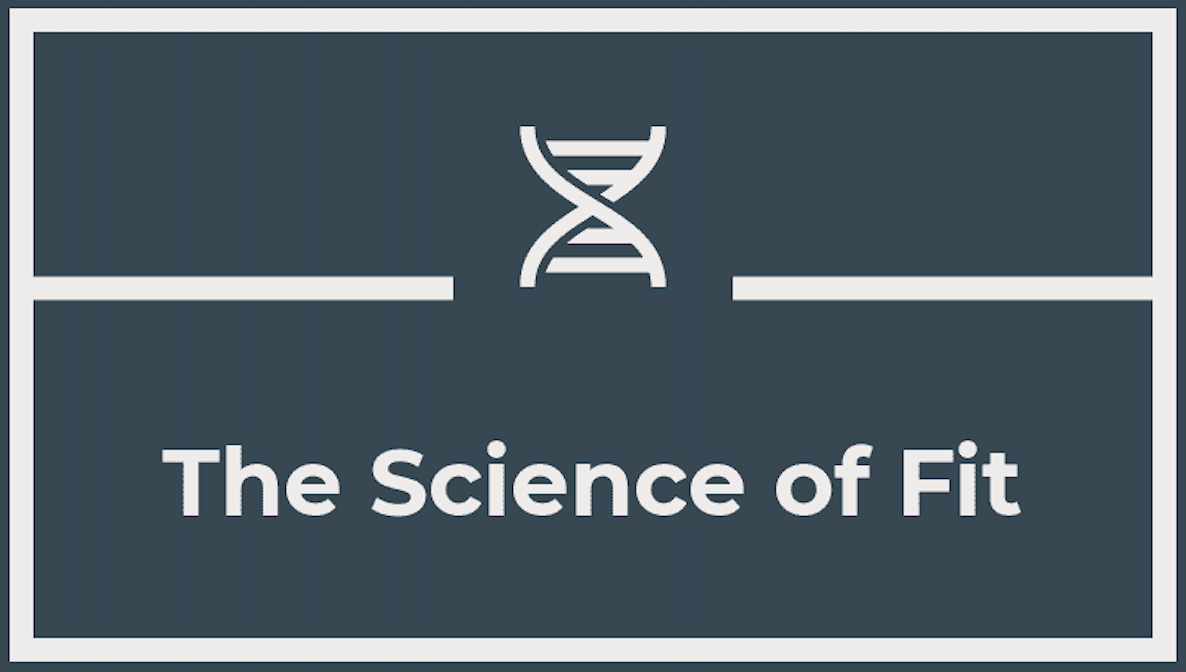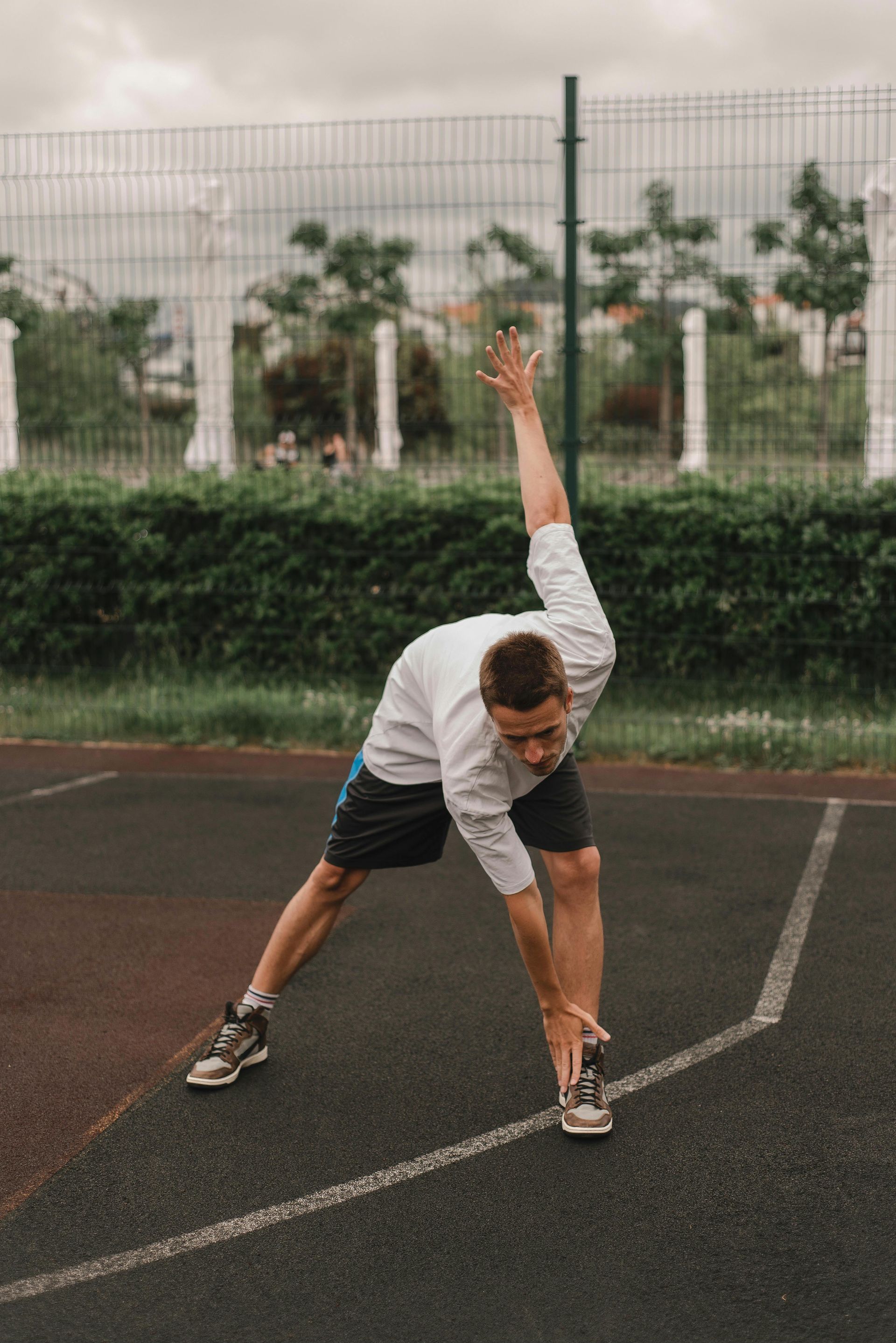EZ Bar Reverse Curls
EZ bar reverse curls target the brachialis and brachioradialis muscles in the forearms, with secondary engagement of the biceps. Here's a step-by-step guide on how to perform EZ bar reverse curls:
Muscles Targeted:
- Primary: Brachialis, brachioradialis
- Secondary: Biceps
Equipment Needed:
- EZ curl bar
- Weight plates
Steps:
- Set Up:
- Load the EZ curl bar with the desired amount of weight plates on both sides.
- Stand with your feet shoulder-width apart and hold the EZ curl bar with a pronated grip (palms facing down). Your grip should be slightly narrower than shoulder-width.
- Starting Position:
- Allow your arms to fully extend, and your elbows should be close to your torso. The bar should be in front of your thighs, and your back should be straight.
- Curling Movement:
- Inhale and brace your core.
- Exhale as you curl the bar towards your shoulders by bending your elbows. Keep your upper arms stationary; only your forearms should move.
- Top Position:
- At the top of the movement, your forearms should be close to your biceps, and the bar should be near your shoulders.
- Squeeze:
- Squeeze your forearms at the top of the movement to maximize the contraction.
- Lowering Phase:
- Inhale and slowly lower the bar back to the starting position in a controlled manner. Fully extend your arms but maintain tension on the forearms.
- Repetition:
- Perform the desired number of repetitions, focusing on the quality of the movement.
- Focus on Form:
- Keep your elbows close to your torso and avoid swinging the bar using momentum.
- Maintain a controlled and deliberate pace throughout the exercise.
- Variations:
- You can experiment with different grip positions on the EZ bar, such as a wider or closer grip, to target the forearms from different angles.
- Finishing:
- Once you've completed the set, carefully lower the bar to the starting position.
Tips:
- Choose an appropriate weight that challenges you but allows you to maintain proper form.
- Focus on keeping your wrists in a neutral position throughout the movement.
- Ensure a full range of motion, fully extending your arms at the bottom and fully contracting your forearms at the top.
As always, if you have any pre-existing conditions or concerns, it's advisable to consult with a fitness professional or healthcare provider before incorporating new movements into your workout routine.




